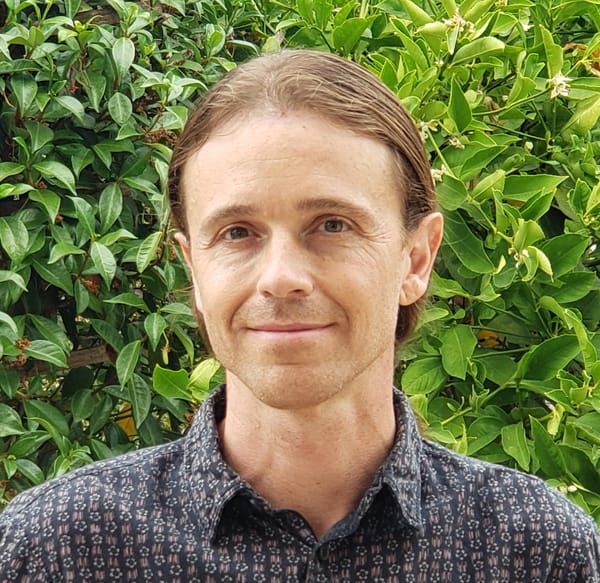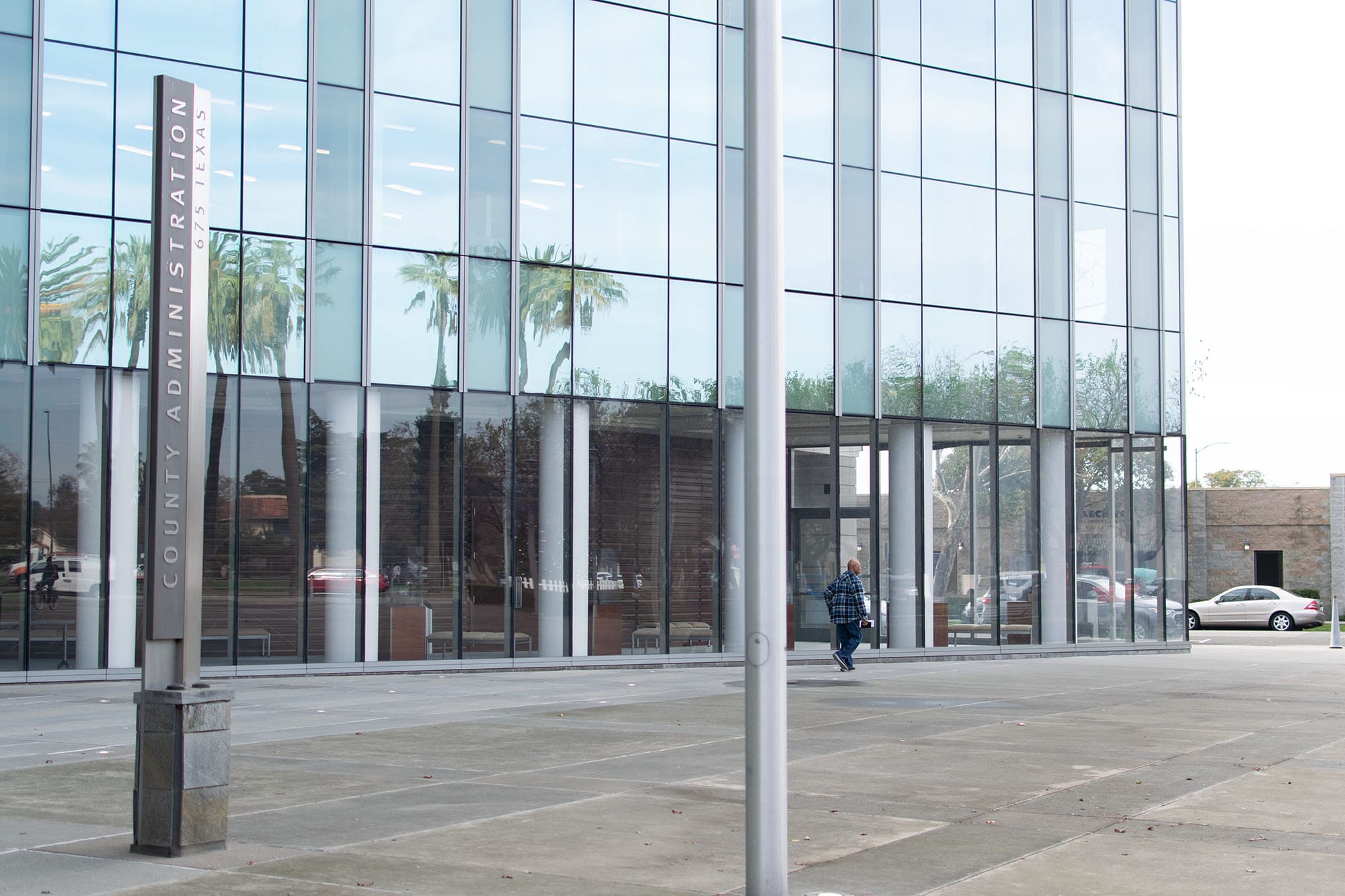VALLEJO – The Vallejo City Unified School District unveiled a three-year plan to address dismal student attendance rates in Vallejo schools which dropped to dramatic new lows during the COVID-19 pandemic at a district board meeting on Wednesday night.
District Superintendent William Spalding said during the meeting that chronic absenteeism is a major concern for the district not only because it affects student learning outcomes, but because it also figures into the district’s state funding. With chronic absenteeism rates hovering around 50%, that could translate to millions of dollars in lost funding for the district.
In the 2017-18 school year 28.3% of Vallejo students were chronically absent, compared to the statewide average of 9%. In 2019-20, Vallejo’s chronic absenteeism fell to 24%, compared to a statewide average of 10%.
The state suspended reporting during 18 months of school closures and remote instruction but in the 2021-22 school year the district’s chronic absenteeism rates shot up to 58% with state levels at 30%, according to state data. The state has not yet released absenteeism rates for the 2022-23 school year but the district estimates that those numbers have declined to 44% districtwide.
The district laid out its plan on Wednesday to reduce chronic absenteeism by 15% in the 2024-25 school year and reach a 95% attendance rate in three years. The plan calls for a yearly assessment of the program to reinforce what is working and modify or redevelop components that are less effective.
The district began developing a plan to address the attendance crisis last spring. Director of Student Support Services Edison Kelly said that the comprehensive three-year approach is based on data analysis from a root cause survey of students, families and staff conducted by the district, recent studies of chronic absenteeism and successful practices from districts around the state.
“Community trauma can affect chronic absenteeism, as well as school success, family trauma, family poverty, and things of that nature,” Kelly said. “Students want to be engaged academically and socially, they want to be able to build positive relationships with peers, and with adults, and just feel safe, physically and emotionally.”
Kelly said the district will provide support for students on a case by case basis regarding family dysfunction or neighborhood poverty. He introduced a new team of child welfare and attendance liaisons who will work with students and families to find solutions for problems students might be facing outside of school.
The district also plans to conduct training sessions with teachers and staff on how to build a more positive school environment that can engage students and foster feelings of connectedness. The training will also focus on moving toward a restorative justice approach to behavior issues instead of suspending students or removing them from class.
Spalding noted that suspensions or even removing a student from class for a disciplinary issue is regarded as an absence. According to the plan’s strategy document suspensions play a major role in chronic absenteeism.
“Suspension is one [area] that we want our principals to target to set a reduced number for the year, " Spalding said. “It doesn't really have the effect that it did many years ago, when it was first instituted, so we're looking for alternatives, because we often forget it separates students from learning.”
The district has also struggled to address bullying and other disruptive behaviors that can affect student safety and wellbeing, but Kelly said he sees a path to address these issues through restorative justice practices rather than punitive measures.
“So instead of looking at what the student did we ask why a student did what they did,” said Kelly. “You know, a student may cuss out a teacher, but that student’s father might have just gone to the hospital. But the teacher would not know that, so we have to find out why.”
Kelly said that transportation has also been a factor affecting absenteeism rates. The way city bus routes are currently arranged, some students have to ride downtown to transfer to a bus that passes their school, though the school may only be a short distance from their home, he said.
Board trustee John Fox said that he and board president Christy Gardner have been discussing city bus routes at meetings with city council members and the city and the district are working with SolTrans to align bus routes and scheduling to better fit student needs.
Another way the district plans to boost attendance is through flexible learning alternatives, such as short-term independent study programs for students who cannot attend school due to a family vacation or another issue. The district may also consider virtual learning, vocational programs and Saturday and night school options that can provide flexibility and keep students learning.
Clear and consistent communication is another focus. Currently the district’s policy is to schedule a meeting with parents after a second truancy notification, but the notices have been inconsistent and the parent meetings are poorly attended.
Kelly recommended that the district purchase automated attendance software that will message parents when a student is absent from school. This technology is intended to stream-line attendance data collection and parent notification. It will also free up staff to hold regular site meetings at churches and local venues where parents can gather and discuss attendance solutions in a more casual atmosphere.
The attendance plan also includes a series of community awareness and student activities beginning this month, which is National Attendance Awareness month. On Sept. 16, the district will hold an attendance themed poster contest at the Vallejo farmers market. In November, the district plans a spoken word and essay writing competition.
On the 100th day of school, the district will celebrate students who have 100% attendance, and students will be encouraged to dress as if they are 100 years old. Then in March, the district will hold a basketball themed contest in which schools will be placed in brackets according to their attendance record, mimicking the NCAA March Madness playoffs.
Before you go...
It’s expensive to produce the kind of high-quality journalism we do at the Vallejo Sun. And we rely on reader support so we can keep publishing.
If you enjoy our regular beat reporting, in-depth investigations, and deep-dive podcast episodes, chip in so we can keep doing this work and bringing you the journalism you rely on.
Click here to become a sustaining member of our newsroom.
THE VALLEJO SUN NEWSLETTER
Investigative reporting, regular updates, events and more
- education
- Vallejo
- Vallejo City Unified School District
- COVID-19
- William Spalding
- Edison Kelly
- John Fox
- Christy Gardner

Ryan Geller
Ryan Geller writes about transitions in food, health, housing, environment, and agriculture. He covers City Hall for the Vallejo Sun.
follow me :




